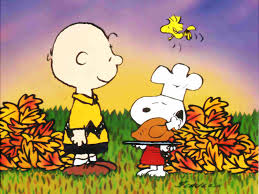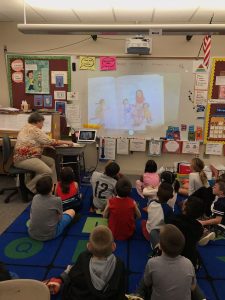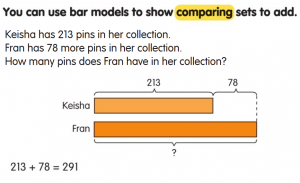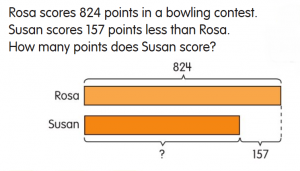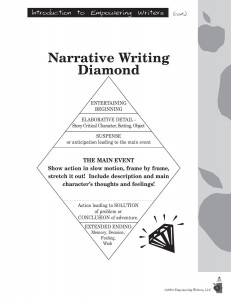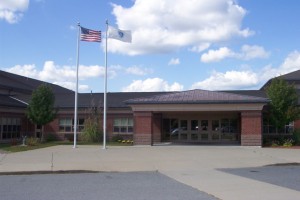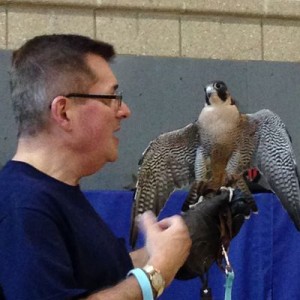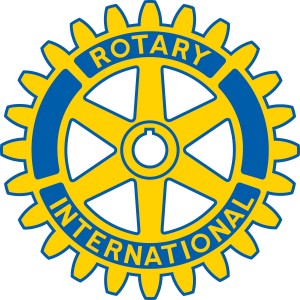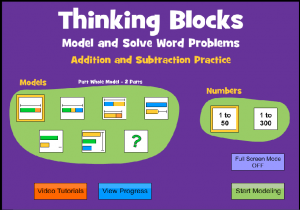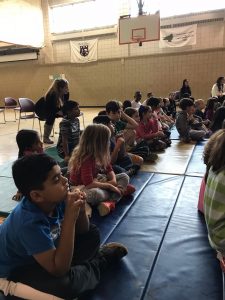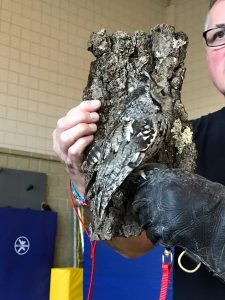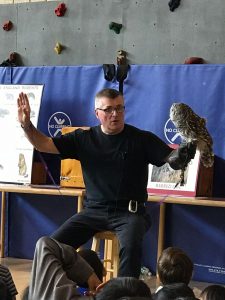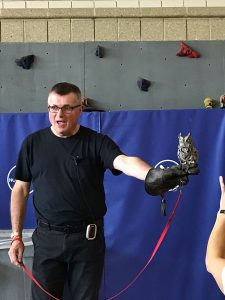Posted by kavery508 | Posted in Uncategorized | Posted on November 27, 2017
 robert.fitzpatrick8523 via Compfight
robert.fitzpatrick8523 via Compfight
I hope you all had a wonderful holiday! I spent some long delayed time catching up with friends and family. I had much to be thankful for, including this great bunch of students and families!
Winter’s on its way! Our classroom is in need of lots of bottles of hand sanitizer to keep us germ free. This is especially important because there is no sink in our room for students to wash our hands. Please send in a bottle or two, and thank you.
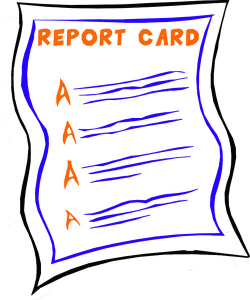 This week marks the end of Trimester 1: we’re 1/3 of the way to grade 3! Students will be taking end-of-term assessments in writing, reading, math, science, and social studies. Report cards are due to come home just before the December break.
This week marks the end of Trimester 1: we’re 1/3 of the way to grade 3! Students will be taking end-of-term assessments in writing, reading, math, science, and social studies. Report cards are due to come home just before the December break.
 Our next area of study in math is multiplication. The focus for instruction is on recognizing that multiplication means adding equal groups of a set. Students will use objects, pictures, and symbols in order to show this addition. Then they will be taught the algorithm ___ x ___ = ___, in which the first number refers to the number of groups and the second number refers to the amount of objects which get added. For example, in 5 x 2 = 10, students should recognize that this means there are 5 groups of 2 objects which are added together to get 10 (illustrated below). At this time, there is no expectation that kids do this in their heads, only with support of objects and pictures.
Our next area of study in math is multiplication. The focus for instruction is on recognizing that multiplication means adding equal groups of a set. Students will use objects, pictures, and symbols in order to show this addition. Then they will be taught the algorithm ___ x ___ = ___, in which the first number refers to the number of groups and the second number refers to the amount of objects which get added. For example, in 5 x 2 = 10, students should recognize that this means there are 5 groups of 2 objects which are added together to get 10 (illustrated below). At this time, there is no expectation that kids do this in their heads, only with support of objects and pictures.
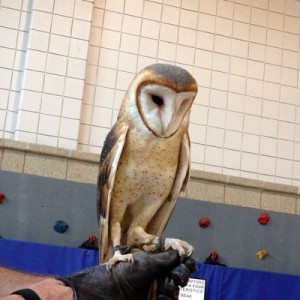 Our life science work wraps up this week by teaching students to research information. Students have chosen a nocturnal animal in order to study its adaptations. They will read with a question in mind; tag relevant information; use organizers to write their ideas; and create a poster with realistic drawings, labels, and descriptions. Smart!
Our life science work wraps up this week by teaching students to research information. Students have chosen a nocturnal animal in order to study its adaptations. They will read with a question in mind; tag relevant information; use organizers to write their ideas; and create a poster with realistic drawings, labels, and descriptions. Smart!



